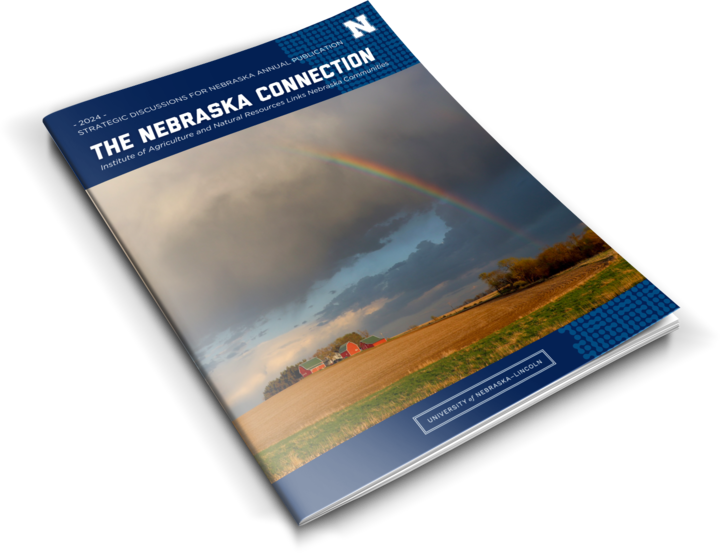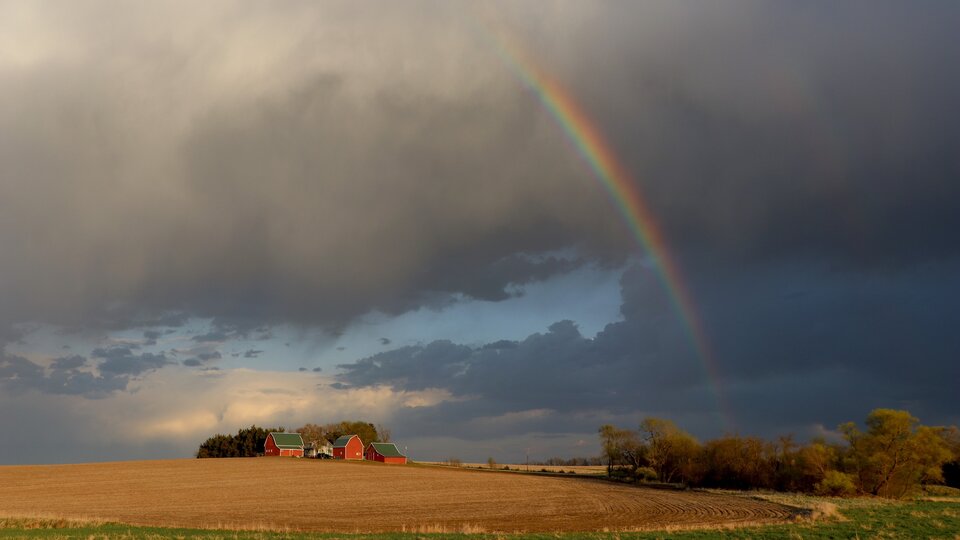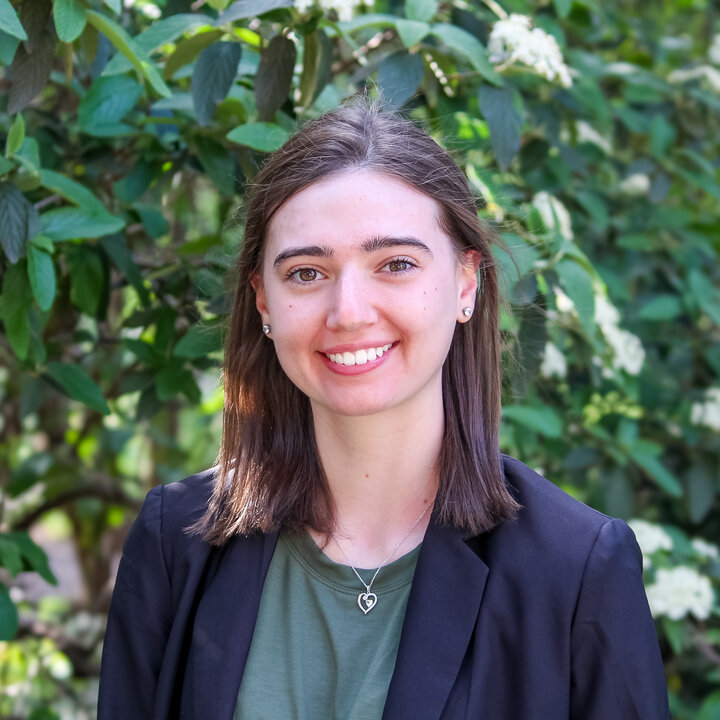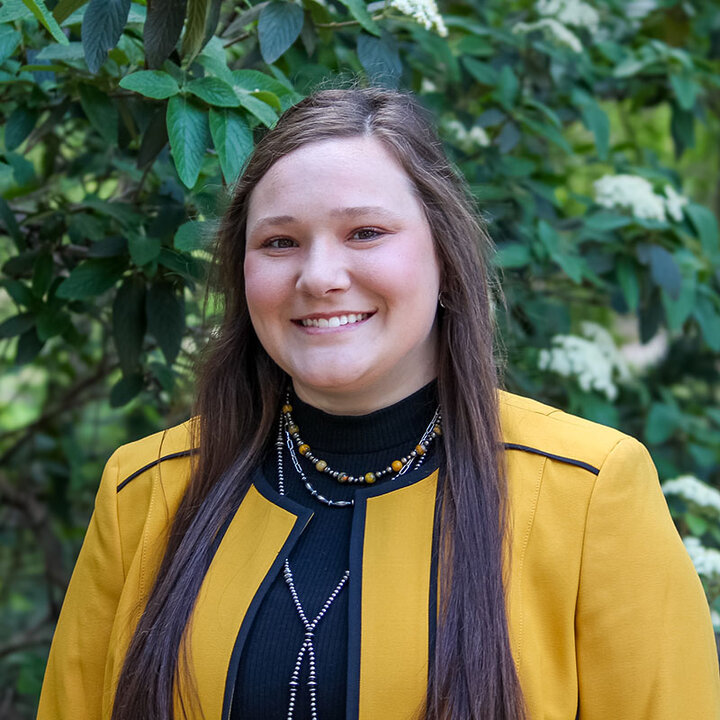
CURRENT ISSUE
2024
The Nebraska Connection
The Institute of Agriculture and Natural Resources Links Rural Communities
SDN is an annual publication produced in the Institute of Agriculture and Natural Resources (IANR) that highlights faculty research, Extension projects, and student initiatives. One goal of SDN is to highlight topics that Nebraskans find useful. A second goal is to share the story of IANR by not only explaining notable initiatives but also highlighting the impact each initiative has on the state.
The hope for SDN is to connect Nebraskans with information about university efforts that might benefit them. In recent years, SDN has rotated through the six IANR communities as a publication theme. This 2023 edition begins that rotation over again, focusing on the overarching topic of Computational Sciences and Technology that was last highlighted in 2017.
Specifically, this edition outlines technology developments and the impact on people, animals, and plants. From GPS collars used to help ranchers, to spatial technologies used to track pronghorns and better understand their behavior, to using a video game to introduce youth to the impact of the Eastern Red Cedar – SDN explains these initiatives and offers websites to learn more and get involved. There are several topics for Nebraskans included – there is likely something for everyone!
New in 2023, this edition also includes several feature stories about unique projects in IANR. Most notably, the PGA golf management students providing students with unmatched exposure to technology, such as the TrackMan Golf Simulator and the College of Agricultural Sciences and Natural Resources (CASNR) offering Change Maker Scholarships for students to explore their innovative ideas. Further, a faculty member in the Department of Plant Pathology made predictions in 2004 about the future of plants – peek inside to see if these predictions came true! The feature stories offer an additional lens into IANR, showcasing fun, distinctive work.
2024 Writers
Institute of Agriculture and Natural Resources
The Institute of Agriculture and Natural Resources (IANR) at the University of Nebraska–Lincoln is dedicated to advancing Nebraska’s agricultural and natural resource systems. Through teaching, research, and Extension, IANR drives innovation in food production, environmental stewardship, health, business development, and youth engagement, supporting the state’s growth and prosperity.
IANR Components:
- College of Agricultural Sciences and Natural Resources (CASNR): Developing leaders in agriculture and natural resources.
- Agricultural Research Division (ARD): Driving research to address global and local agricultural challenges.
- Nebraska Extension: Delivering research-based knowledge to improve lives, businesses, and communities across the state.
- College of Education and Human Sciences (CEHS): Advancing human health, youth development, and family well-being through interdisciplinary approaches.
IANR is committed to sustainable growth, innovation, and community engagement, empowering Nebraskans to thrive in an evolving world.












